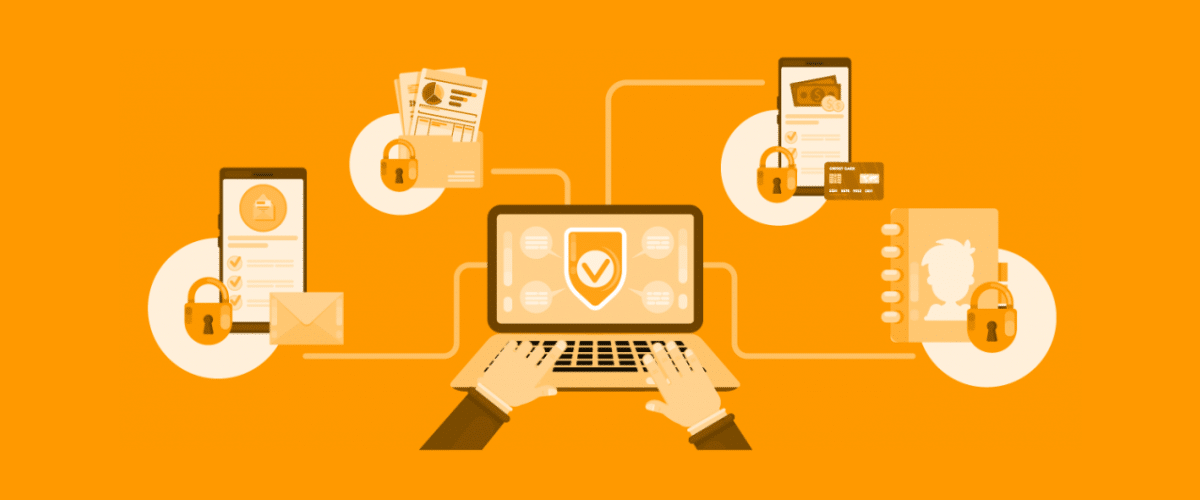
Content Filter in Networking: Enhancing Security and Efficiency
Today’s interconnected world requires advanced and secure management of network traffic in order to ensure data protection and maximum efficiency. In this context, content filters in networking play a crucial role in filtering, monitoring, and managing the flow of information across networks. In this article, we will explore the concept of a content filter in networking, examining its importance, operation, and impact on network performance.
The term “content filter in networking” refers to a set of technologies and tools designed to examine, control, and manage the flow of data within a network. This filter acts as a virtual barrier, either allowing or blocking the passage of specific types of contents based upon predefined criteria. The main goal is to ensure network security by protecting users from harmful or unwanted contents. However, one should not underestimate the impact in terms of productivity either, from the moment in which we can also prevent access to contents which are not relevant to the work activities.
A content filter in networking can operate on several levels of the OSI model, including transport, session, presentation, and application layers. This versatility allows the filter to be tailored to the specific needs of the network, providing effective protection without compromising performance.
The importance of a content filter in networking is evident in the context of cybersecurity. Online threats, such as malware, phishing, and malicious contents, require a robust defense in order to protect corporate and personal networks. A well-configured content filter can block access to malicious websites, prevent sensitive data from being sent, and protect users from cyber attacks.
1. Exactly how does it work?
Content filters in networking adopt various techniques in order to analyze and filter network traffic. One of the most common methods is content analysis of data packets traveling through the network. This analysis may involve scanning passwords, digital signatures, or even using advanced pattern recognition algorithms in order to identify malicious contents.
In addition, content filters can operate based upon specific criteria, such as IP addresses, communication protocols, or file types. This flexibility allows network administrators to customize filter rules in order to fit the specific needs of their organization.
Another crucial aspect of how content filters work is their ability to constantly update. Security software developers provide regular updates in order to ensure that the filter is able to detect and counter new threats which are constantly emerging on the digital landscape.
>> FlashStart protects you from a wide array of threats and blocks access to malicious sites. Try it now: working with the internet has never been so secure!
2. But does this type of system have any impact on the network?
While implementing a content filter in networking offers numerous security benefits, it is also important to consider the impact on network performance. Thorough traffic scanning and rule enforcement can require significant resources, affecting the speed of data transmission.
However, developers are constantly striving to optimize the performance of content filters, trying to minimize the impact on network speed. The use of efficient algorithms, specialized hardware, and load distribution are just some of the strategies employed to ensure that network security does not compromise network operational efficiency.
In this sense, delegating these procedures to an external service such as FlashStart allows the network administrator to “offload” the burden of content filtering to an external intelligence, without burdening the firewall’s resources.
In conclusion, content filters in networking are essential elements in ensuring the security and efficient management of modern networks. Their ability to examine, control, and filter data traffic helps protect users from increasingly sophisticated online threats. Despite the inevitable impact on performance, developers continue to refine content filter technologies in order to ensure an optimal balance between security and efficiency. Implementing a robust content filter is a fundamental choice for all organizations and individuals who are seeking to maintain a safe and secure network environment.
You can activate the FlashStart® Cloud protection on any sort of Router and Firewall to secure desktop and mobile devices and IoT devices on local networks.







